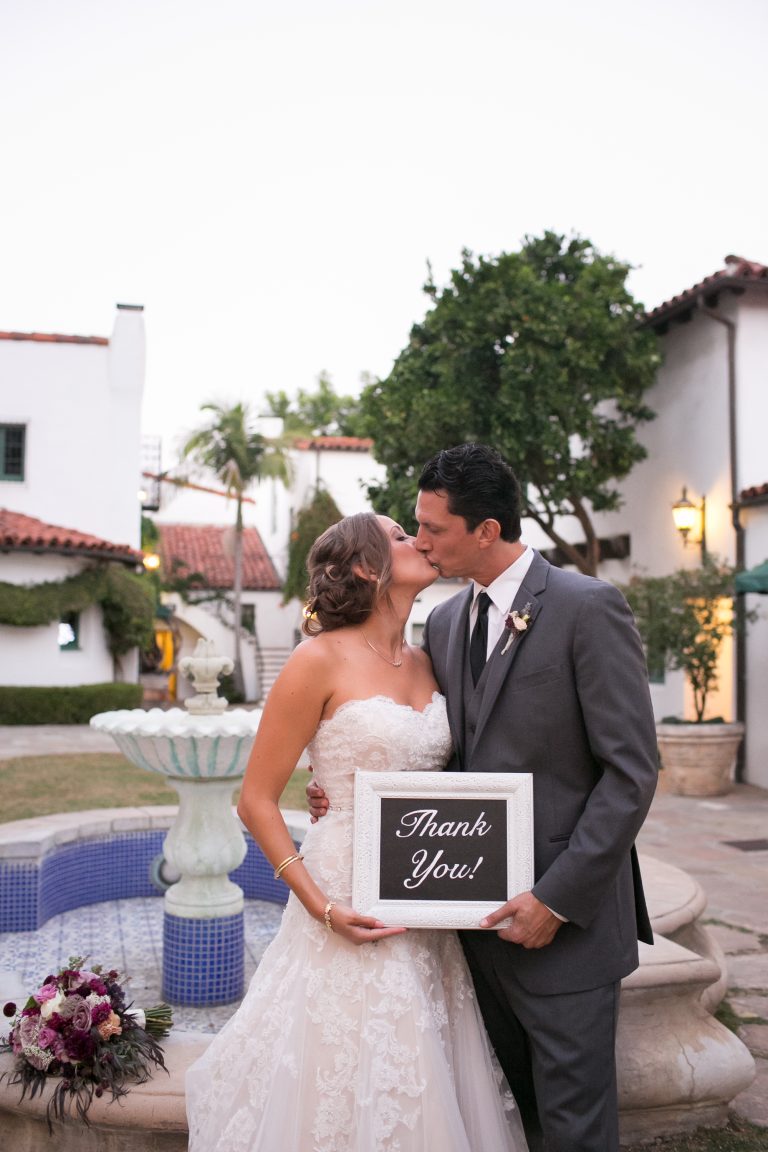The Power of Saying No: A Strategic Move for Success in Your Wedding & Event Biz
“The customer is always right.”
How many times have you heard this age-old adage? And do you feel like it’s especially true in customer-oriented hospitality industries like creative events and wedding planning?
Today I want to talk about how this kind of thinking is ALL wrong.
In the world of creative event planning and weddings, “the customer is always right,” has been so deeply ingrained in our minds. It’s an essential principle in providing exceptional service to our couples, but does it mean we should always say “yes” to every client request?
Not necessarily.
In fact, the power of saying “no” to clients who aren’t the right fit for your business can be a huge game-changer for your business. This is especially true when you’re just starting out as an entrepreneur and are juggling a million metaphorical balls in the air. Let me explain why.
Empowerment through Rejection
The concept of saying “no” might initially seem counterintuitive, especially in industries where customer satisfaction is paramount. (This might be even more so the case if you’re a newbie and need to sign clients and pay those bills!)
However, it’s crucial to recognize that saying “no” isn’t about rejecting clients; it’s about making strategic choices to align your business with the right opportunities.
Consider this: Every single moment you spend on a project that doesn’t fit your niche, vision, or pricing structure is time and energy diverted from potential ideal clients. By saying “no” to these misaligned opportunities, you’re not only preserving your sanity but also creating room for the clients who truly appreciate your worth.
Aligning with Your Business Goals
A successful business is driven by clear objectives and a well-defined vision. If you’re constantly saying “yes” without discernment, you risk diluting your focus and straying from your core mission. By filtering out clients who aren’t a good fit, you maintain alignment with your business goals and values.
When you say “no” to clients who don’t share your vision, you open the door to those who do. This creates a harmonious working relationship where both you and your client are on the same page, working towards a common goal. Such collaborations are not only more fulfilling but also more likely to lead to long-term success.
(RELATED: 3 Reasons You’re Attracting the Wrong Wedding Couples)
The Importance of Clarity
Knowing when to say “yes” and when to say “no” requires CLARITY. It’s essential to have a deep understanding of your business, your goals, and your ideal client profile. If you’re struggling to make these distinctions, it might be time to reassess your business strategy.
A breakthrough call can be a powerful tool in this regard. It provides an opportunity to gain clarity about your business direction and identify the clients who are the right fit. During this call, you can discuss your goals, values, and the type of clients you want to attract. This clarity enables you to make more informed decisions and say “yes” to the right opportunities.
Get Comfortable with Saying No
In the wedding and creative event industry, saying “no” to clients who aren’t a good fit can be a strategic move that leads you to success. Remember this is both an action and a MINDSET shift: it’s not about rejecting clients but about aligning your business with the right opportunities that match your vision and values.
By having the courage to decline projects that don’t serve you, you create space for ideal clients who recognize your worth, appreciate your creative vision, and are willing to pay your prices. The result is a more focused and fulfilling business journey that brings you closer to your goals and dreams.
If you find yourself struggling to distinguish between the right and wrong clients for your business, it’s time to schedule a breakthrough call. This step can provide the clarity you need to make strategic decisions and ensure that you’re saying “yes” to the opportunities that matter most to your business’s growth and success.








